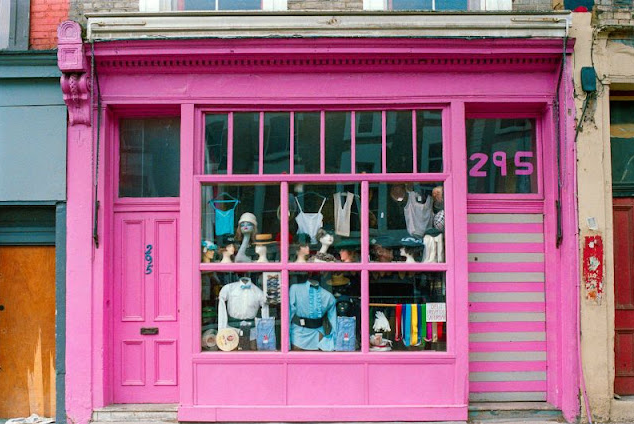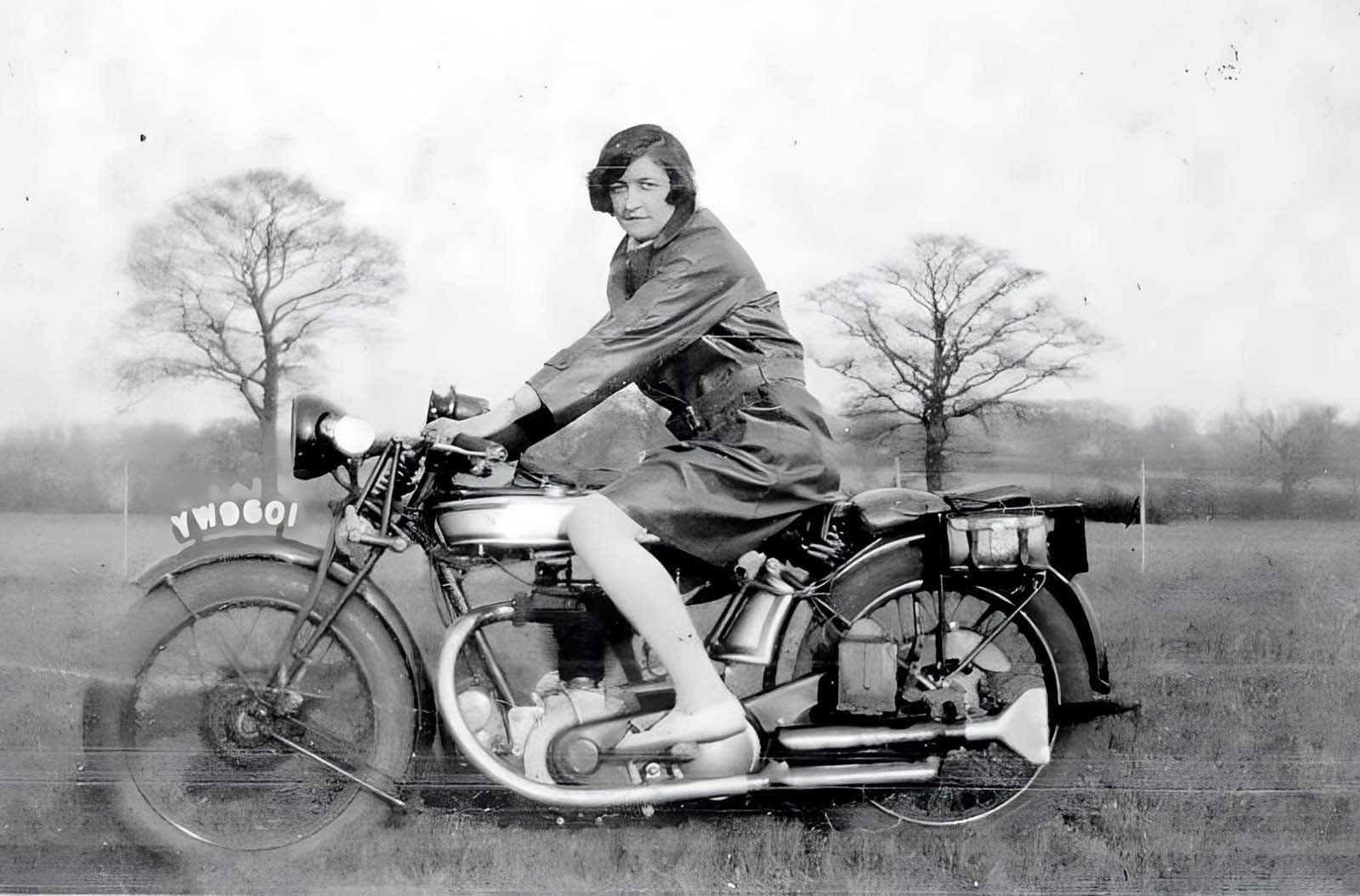
In the early 1900s, when traditions held tight, a different kind of adventure was roaring to life: women on motorcycles.
These vintage photos aren’t just snapshots; they’re windows into a time when women embraced the thrill of the open road despite societal norms.
Back then, motorcycles weren’t just transportation; they were symbols of freedom. These images aren’t about bikes; they’re about women claiming their space in a world that often told them where they belonged.
.jpg)
A woman on her BMW motorcycle, 1935.
In the early period of motorcycle history, many producers of bicycles adapted their designs to accommodate the new internal combustion engine.
As the engines became more powerful and designs outgrew the bicycle origins, the number of motorcycle producers increased.
Many of the nineteenth-century inventors who worked on early motorcycles often moved on to other inventions. Daimler and Roper, for example, both went on to develop automobiles.
At the turn of the 20th century, the first major mass-production firms emerged.
.jpg)
An entrant in a ladies-only reliability trial in London, England, 1927.
In 1901 English quadricycle- and bicycle-maker Royal Enfield introduced its first motorcycle, with a 239 cc engine mounted in the front and driving the rear wheel through a belt.
In 1898 English bicycle maker Triumph decided to extend its focus to include motorcycles, and by 1902 the company had produced its first motorcycle—a bicycle fitted with a Belgian-built engine.
A year later it was the largest motorcycle manufacturer, with an annual production of over 500 units.
.jpg)
Three women riding motorbikes at the ACU Trials in Birmingham, England, 1923.
In 1901 the Indian Motocycle Manufacturing Company, which had been founded by two former bicycle-racers, designed the so-called “diamond framed” Indian Single, whose engine was built by the Aurora Firm in Illinois per Indian’s specifications.
The Single was made available in the deep blue. Indian’s production was up to over 500 bikes by 1902, and would rise to 32,000, its best ever, in 1913.
During this period, experimentation and innovation were driven by the popular new sport of motorcycle racing, with its powerful incentive to produce tough, fast, reliable machines.
These enhancements quickly found their way to the public’s machines.
.jpg)
Nancy and Betty Debenham, well-known motorcyclists, riding BSA bikes with their dog, 1925.
During the First World War, motorbike production was greatly ramped up for the war effort to supply effective communications with front line troops.
Messengers on horses were replaced with dispatch riders on motorcycles carrying messages, performing reconnaissance personnel and acting as military police.
American company Harley-Davidson was devoting over 50% of its factory output toward military contracts by the end of the war.
The British company Triumph Motorcycles sold more than 30,000 of its Triumph Type H model to allied forces during the war.
With the rear wheel driven by a belt, the Model H was fitted with a 499 cc air-cooled four-stroke single-cylinder engine. It was also the first Triumph not to be fitted with pedals, so was a true motorcycle.
.jpg)
A woman alongside her Harley-Davidson in California, 1925.
By 1920, Harley-Davidson became the largest manufacturer, with their motorcycles being sold by dealers in 67 countries.
By the late 1920s or early 1930s, DKW in Germany took over as the largest manufacturer.
BMW motorcycles came on the scene in 1923 with a shaft drive and an opposed-twin or “boxer” engine enclosed with the transmission in a single aluminum housing.
.jpg)
A woman and a performing seal at a circus, 1935.
By 1931, Indian and Harley-Davidson were the only two American manufacturers producing commercial motorcycles.
This two-company rivalry in the United States remained until 1953, when the Indian Motorcycle factory in Springfield, Massachusetts closed and Royal Enfield took over the Indian name.
There were over 80 different makes of motorcycle available in Britain in the 1930s, from the familiar marques like Norton, Triumph, and AJS to the obscure, with names like New Gerrard, NUT, SOS, Chell, and Whitwood.
.jpg)
Two women ready to play tennis on a BSA motorbike, 1925.
.jpg)
A woman trying out a Douglas motorcycle on display at the 18th Cycle and Motorcycle Show in London, 1933.
.jpg)
Workers measuring the positions of footrests and controls on partially finished motorcycles, 1933.
.jpg)
Miss E. Foley and Miss L. Ball, entrants in the International Six Days Reliability Trials, at Brooklands race track in England, 1925.
.jpg)
Nancy setting off for a motorcycle rally in England, 1934.
.jpg)
A woman on a 500 OEC Tinkler All-Weather Model designed for use on rough roads and cross-country, 1928.
.jpg)
A reverend blesses the motorcycle of a woman who is learning to drive, 1938.
.jpg)
A woman rider in the Six Days Motorcycle Trial, in which competitors have to cover 200 miles a day over rough terrain, 1933.
.jpg)
Women of Achille Serre Ltd’s Private Fire Brigade setting off on their motorcycle and sidecar to compete in the London Private Fire Brigades’ Tournament, 1925.
.jpg)
Marjorie Cottle (second from left), a famous motorcyclist, and friends in Germany, 1920.
.jpg)
Madge Saunders and her husband, British comic actor Leslie Henson, 1920.
.jpg)
A woman riding a motorcycle alongside a woman on a horse in London, 1921.
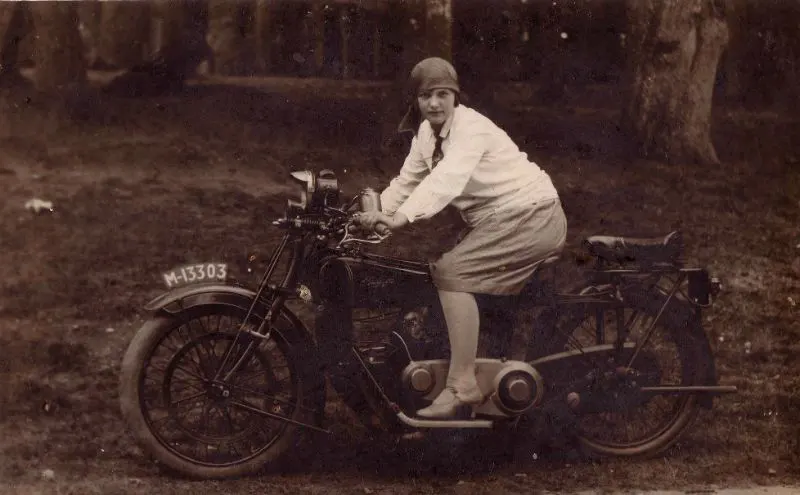
Women and Motorcycling

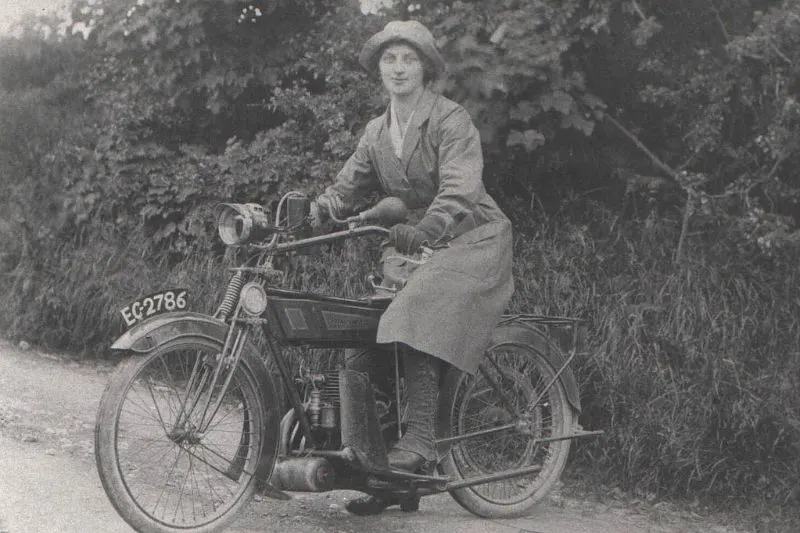
Women and Motorcycling

Women and Motorcycling

Women and Motorcycling

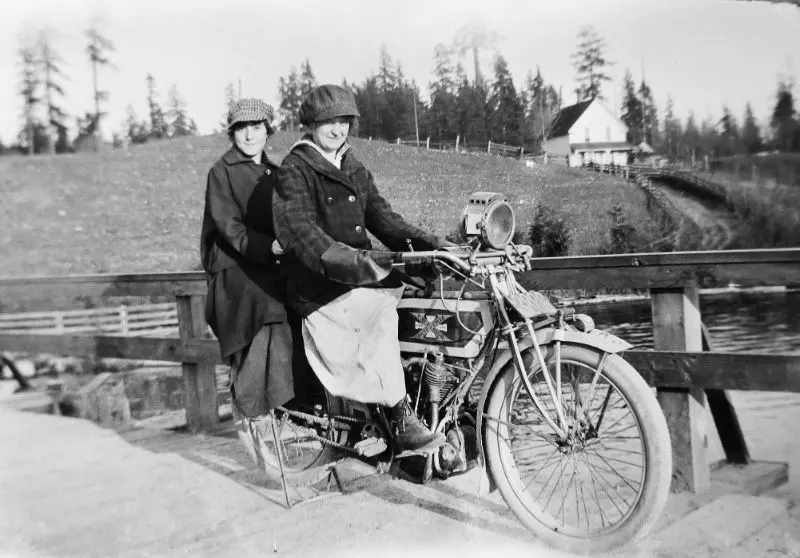
Women and Motorcycling

Women and Motorcycling

Women and Motorcycling

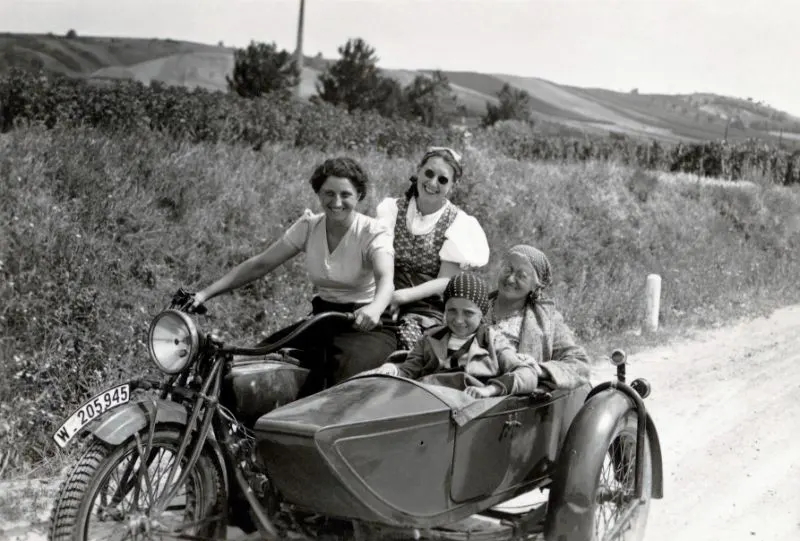
Women and Motorcycling
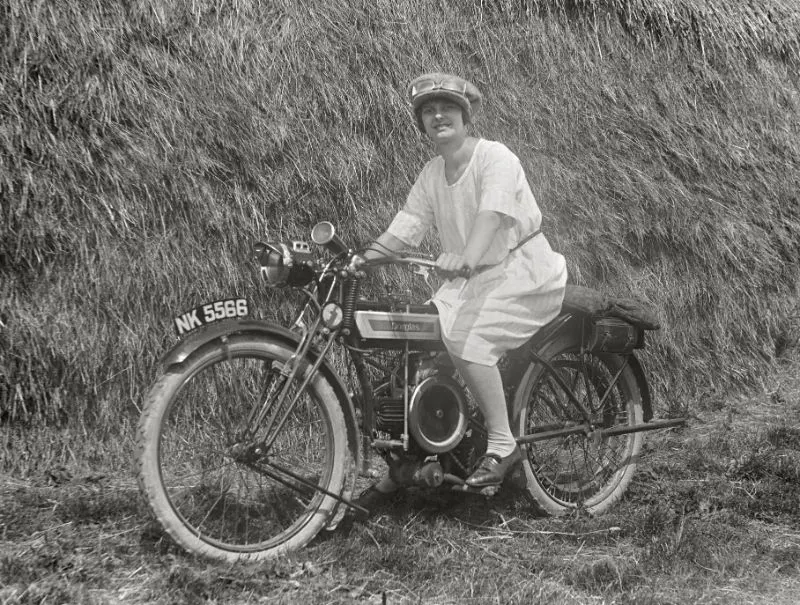
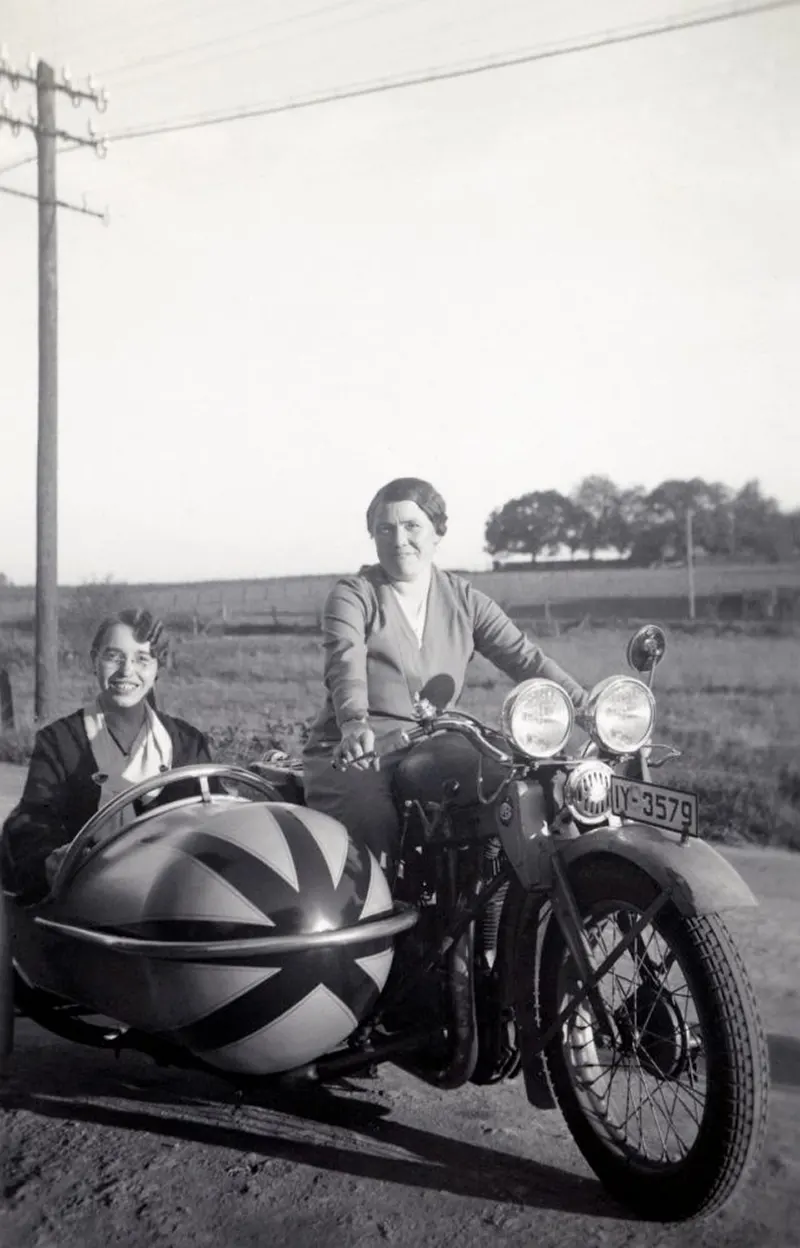
Women and Motorcycling
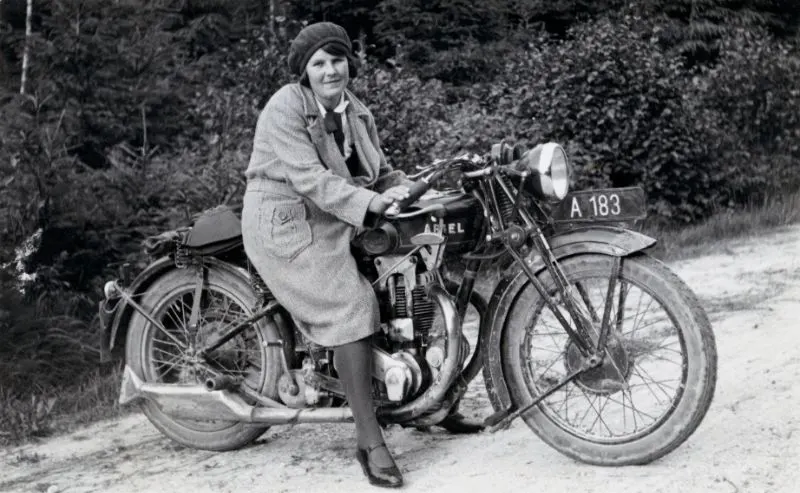
Women and Motorcycling
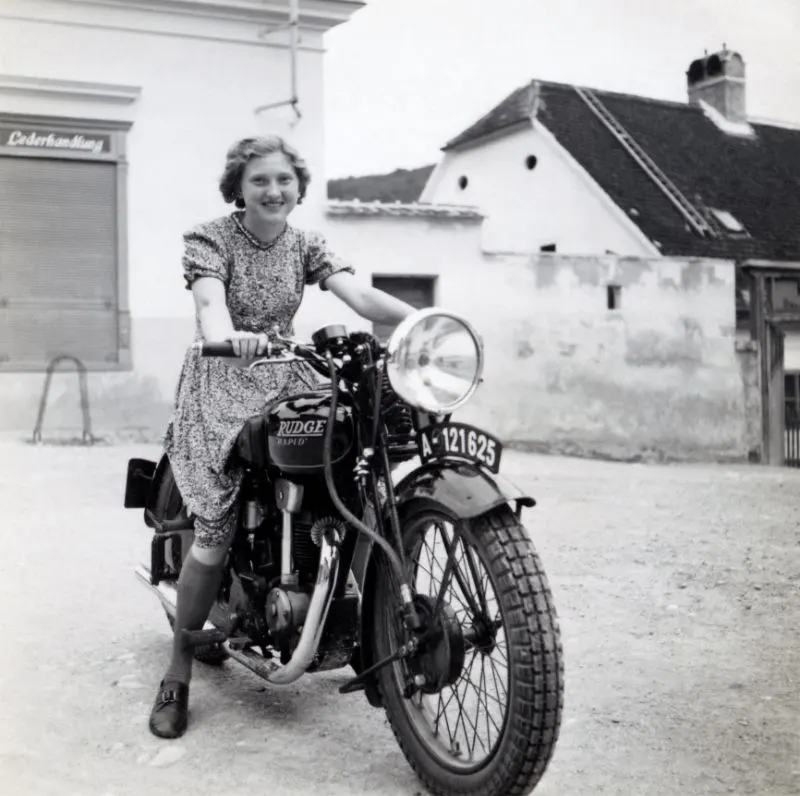
Women and Motorcycling

(Photo credit: Wikimedia Commons / Pinterest / Flickr / Reddit).



